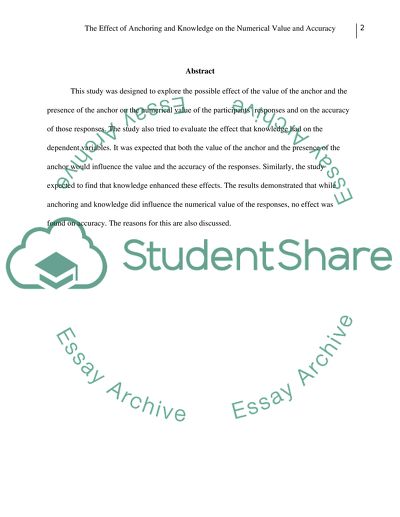Cite this document
(“Anchoring effects on judgement and decision making Lab Report”, n.d.)
Retrieved de https://studentshare.org/psychology/1457828-anchoring-effects-on-judgement-and-decision-making
Retrieved de https://studentshare.org/psychology/1457828-anchoring-effects-on-judgement-and-decision-making
(Anchoring Effects on Judgement and Decision Making Lab Report)
https://studentshare.org/psychology/1457828-anchoring-effects-on-judgement-and-decision-making.
https://studentshare.org/psychology/1457828-anchoring-effects-on-judgement-and-decision-making.
“Anchoring Effects on Judgement and Decision Making Lab Report”, n.d. https://studentshare.org/psychology/1457828-anchoring-effects-on-judgement-and-decision-making.


